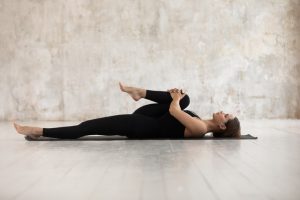Gaining Inches

Lots of trainers are fabulous at helping people lose inches. Which is exciting. But it’s far from this only thing to get excited about. We get crazy for helping people gain inches. Not in their biceps, or shoulders or thighs. In their movement.
Great mobility is incredible. It can be life altering. We were meant to be mobile. Just watch a 2-year-old squat. It’s beautiful!
Flexibility is the ability of a muscle or group of muscles to lengthen passively through a range of motion. Mobility is the ability to activate those muscles through the entire range. Having flexible hamstrings doesn’t necessarily support better running mechanics. However, if you are able to actively control those hamstrings as they lengthen, you can likely move your pelvis into a more neutral position, optimize your knee drive, and land with a more centered foot strike. More efficient. More comfortable. More powerful. Less prone to injury.

There are lots of interesting way to increase the length of a muscle. But will it hold? Does all the rolling and stretching give you additional range that sticks? Not necessarily. Not if your body isn’t stable in that new range.
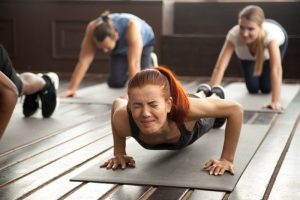
I have found the trick is to increase the length, or flexibility, just a little. You don’t want to increase the range to the point that the body freaks out. You gain a little extra range and then train the body – elicit additional neuro muscular activation – to stabilize – be strong and controlled – in that slightly larger range. Tension is often a protective adaptation. The body will limit movement when it senses you are not able to control that movement effectively.
So create a little more mobility around a joint by lengthening a muscle or group of muscles a little bit. Then perform a movement that takes you through that new range and pause at the end of the range. Load it. Activate the muscle fibers that support that extra, “new” mobility.
Let’s try an example:
Sitting for long periods of time can create tight, shortened hip flexors and relatively weak glute and abdominal muscles. The patterns compliment and reinforce each other.

Strong glutes create great hip extension. This is when you drive your hips forward and move your pelvis from an anterior tilt to a neutral or posterior one. You will be better able to brake at neutral, that is control that movement to slow down and stop at neutral if you also have good abdominal control when the pelvis is in that neutral position. But tight hip flexors inhibit full or even decent hip extension. Tight hip flexors keep your pelvis in an anterior tilt, encouraging poor abdominal and glute activation.
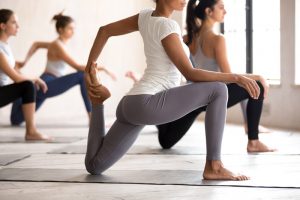
- “Open up” the hips a little. You perform stretching or rolling protocols that create a little more length through the hip flexors. Ideally through the rectus femoris and the psoas. This should allow the pelvis to move a little more towards neutral. Now your pelvis is in a better place to fire the glutes and the abs.
- Get on your back and perform a hip bridge. Ideally, you will note you are able to get the hips a little higher and activate both the glutes and abdominals a little more.
- Hold that slightly higher position.
- Avoid pushing the hips up so high that you feel your low back firing.
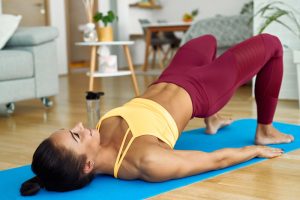
You’re looking to create active control for that new, more open pelvic position, by teaching the abs and the glutes to fire and hold that new range. You are teaching the hip flexors that it’s ok to lengthen a little. They don’t need to stay totally jacked in order to protect our bodies. In order to keep our pelvis safe and stable. You’re are teaching your body – and your hip flexors – that they can now start to count on the glutes and abs to control that extra range. Now we can access that range for many activities. That slightly new range keeps getting positively reinforced. The glutes and abs keep getting stronger. And then you can move onto a new range. Continuing to work on increasing mobility and stability through the hips. Or moving on another joint and muscle group.
It’s a long example I know. It’s not a simple process. But it’s remarkably effectively. You didn’t get stuck into maladaptive strength patterns overnight. So it will take time to gain active mobility. And it’s worth it.
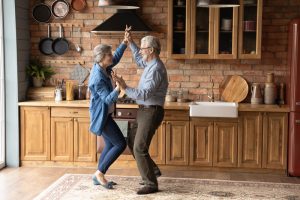
Inspiration of the Day:
“Right now I am trying to be in a place of calm, a place where I can chill out and then handle the chaos of life better. You don’t just get it overnight; you have to work at it. It’s a daily struggle.” – Jackee Harry
